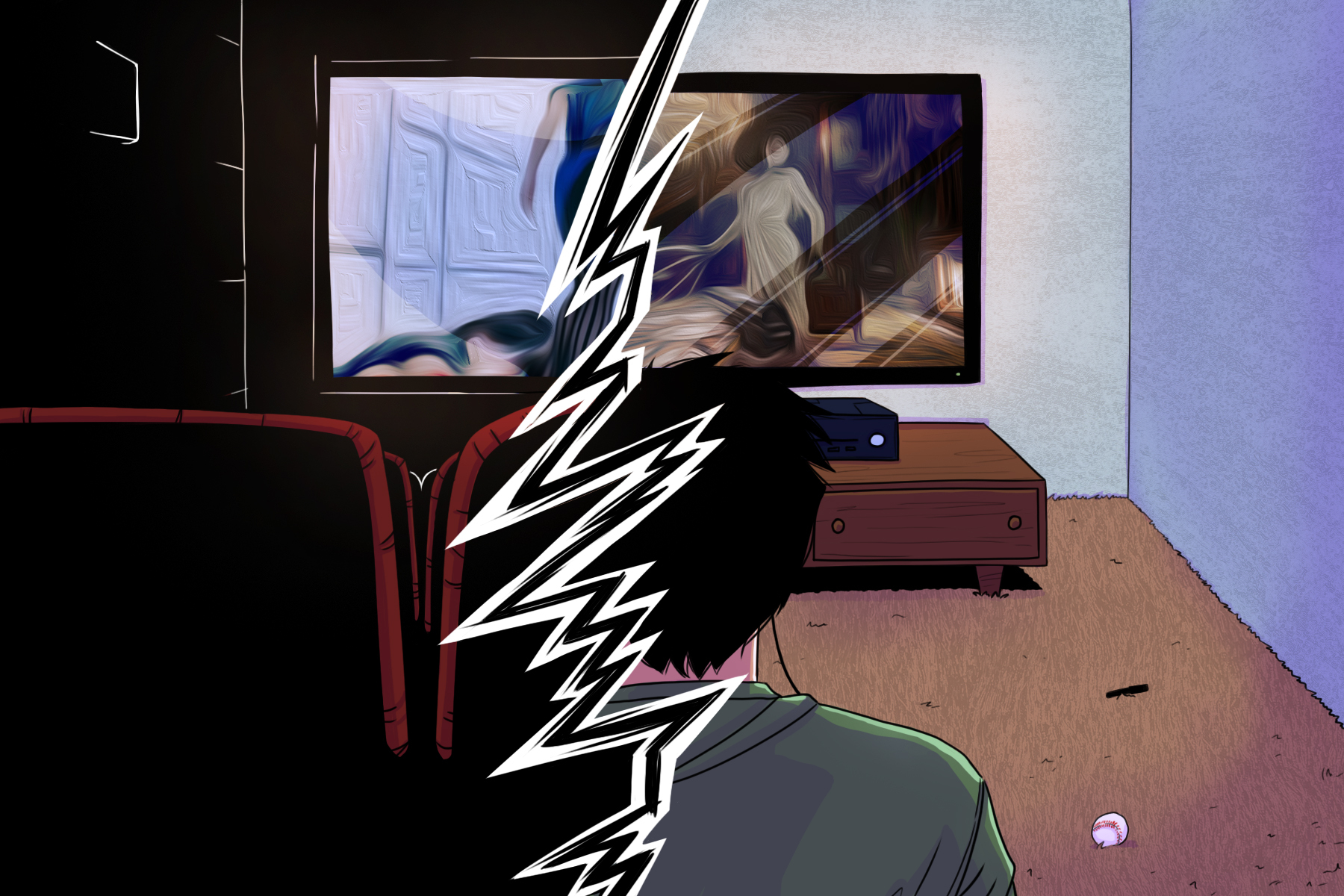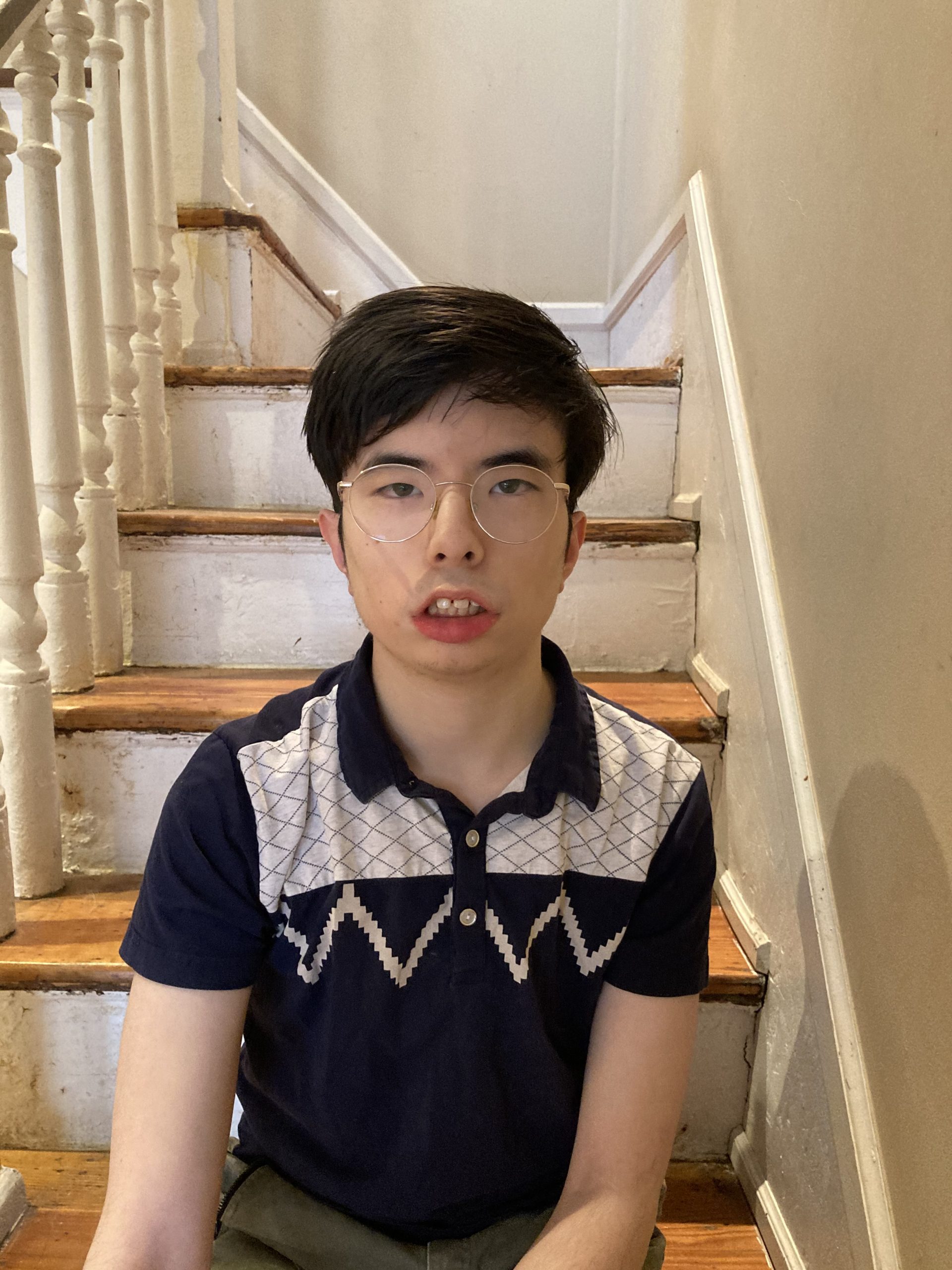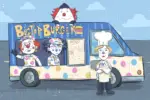The Resident Evil series is a staple of survival horror video games, having created the genre with the release of the eponymous game in 1996. It has spawned dozens of sequels and spin-offs, as well as three direct-to-video films based on the series. “Infinite Darkness” is the newest TV series continuation of the Resident Evil story, taking place between Resident Evil 4 and Resident Evil 5. It’s ostensibly a horror/action show, as are all of the other films and games in the series.
But like all that came before it, “Infinite Darkness” plays out much more like a comedy, with cartoonishly evil villains and almost laughably stoic heroes who lack personality except for spewing perpetually out of place one-liners to deflate any sense of tension the show may have built. Coupled with predictably incomprehensible “Mission: Impossible”-esque political intrigue plots, “Infinite Darkness” shouldn’t work. But somehow it is endlessly entertaining as our stock heroes blunder their way through uncovering various government conspiracies and cover-ups of zombie outbreaks.
“Resident Evil: Infinite Darkness” wastes no time with pleasantries, throwing its audience headfirst into a White House under siege by zombies in its first episode. During the chaos, we are introduced to Leon Kennedy (voiced by Nick Apostolides), a recurring Resident Evil protagonist and former police officer in Raccoon City, the series’ fictional metropolis. During the events of RE2, Leon was forced to fight his way out of the zombie-infested city before it was “sterilized” by a nuclear warhead to cover up the government’s involvement in the zombie outbreak.
In “Infinite Darkness,” Leon continues with his job from RE4 as a CIA agent investigating zombie-conceiving, monster-creating bioweapons. After effortlessly dispatching the zombies, Leon is briefed by Wilson, the stubbornly anti-China Secretary of Defense. Wilson informs him on how the zombie attack on the White House and a coinciding cyber-terror attack both originated in a secret bioweapon development lab in Shanghai.
Leon is dispatched to shut down the facility along with two other government agents: Jason, the PTSD-ridden “hero of Penamistan” who fought his way out of the fictional civil war-torn Middle Eastern country to gain national fame and a lifetime of nightmares, and Shenmei, an analyst who helped Jason escape the carnage in Penamistan.
In the series’ secondary storyline, Leon’s fellow RE2 protagonist Claire Redfield (voiced by Stephanie Panisello) works as a member of a non-governmental organization rebuilding schools and hospitals in Penamistan. She gradually uncovers a conspiracy within the U.S. government that plans to use the war-torn country as a testing ground for yet another zombie-creating bioweapon. Does that sound convoluted? Well, it is, but it’s also a very well-known plot for anyone remotely familiar with the series.
Over the course of the season, Leon and Claire’s paths cross quite a few times, and it’s always funny to see them quickly deliver necessary exposition to each other yet still somehow not realize they’re working different angles of the same case until the season’s conclusion. Their dynamic as fellow survivors of RE2’s Raccoon City incident who bonded with each other in a shared traumatic experience is the best and only character dynamic in the show.
Otherwise, each character’s interaction with anyone else is limited to sarcastic quips and growled interrogations. Leon and his CIA infiltration team rarely speak to each other except to bicker and deliver exposition, and Claire largely conducts her investigation alone, so she talks directly to the audience as she thinks aloud.
While they all commit vile wartime atrocities, the antagonists that both Leon and Claire encounter are standard fare for Resident Evil villains and have convoluted plans of profit at the cost of millions of human lives or world domination. The main antagonist’s plan to pit China and the U.S. against each other and then profit off the sale of bioweapons in the ensuing conflict is predictable and stupid, while the secondary villain’s plot is completely incomprehensible and thus hilarious. He rants a few times about “showing the world true terror” and yet he never explains how he’ll do so, besides showing up on live TV with his hideous face somehow being enough to bring fear to the world.
Despite the horrific violence in the show, “Infinite Darkness” still has the tone of a cheesy ’80s action movie. Every episode of the series seems to follow a set formula: It begins with a flashback to Jason’s time in Penamistan, which later proves to be central to the conspiracy. Then it cuts to the title sequence, followed by Leon investigating something, Claire investigating something else and finally to an action sequence involving Leon. It’s formulaic yet somehow incredibly engrossing, as Leon reacts to every situation he faces the same way — taking everything in stride.
It doesn’t matter if it’s a completely predictable double or triple-cross, a plague of flesh-eating zombie rats or the appearance of some hideously deformed human infected by the bioweapon. Leon always looks mildly annoyed and then easily overcomes the obstacle, often ending the scene with a horribly out of place yet still hilarious heroic one-liner. Claire responds in almost exactly the same way as well, though she seems slightly more emotionally open than the ever-stoic Leon.
The show’s presentation is equally as perplexing as its characters, yet to the same humorous effect. It’s animated in the same style as the games it’s set between, which means that it’s relatively similar to the graphics found in 2005’s Resident Evil 4.
While the animation is slightly better than that of RE4, it’s still nowhere near the almost photorealistic Resident Evil 8, which was released earlier this year. This is probably due to the budget and production time that level of graphics would have required, but it’s still funny seeing these unconvincing animated characters unraveling government conspiracies reminiscent of “The X-Files.” Even so, the series never embraces its animation to produce eye-popping visuals; everything is very monochromatic.
It’s especially noticeable during Jason’s Penamistan flashbacks, which are all an incredibly ugly brown and green color, and any scene that occurs at night or in the dark where everything seems to be under a blue filter. During every exposition scene, the lighting is completely even and the effect the show seems to be trying to produce is that of a police procedural or action series like “24.” The only scene that is remotely visually interesting is the aforementioned scene where Leon escapes a plague of zombified rats on a self-destructing submarine, where the red flashing lights and alarms coupled with the submarine’s claustrophobic interior create an effectively intense scene.
Despite its myriad of flaws, which range from its largely unengaging cast to its dull animation and unconvincing action scenes, “Resident Evil: Infinite Darkness” works, although probably not as intended. Even if you’re not familiar with the series’ overarching plots, it’s easy to become engrossed in its cheesy action antics.

















